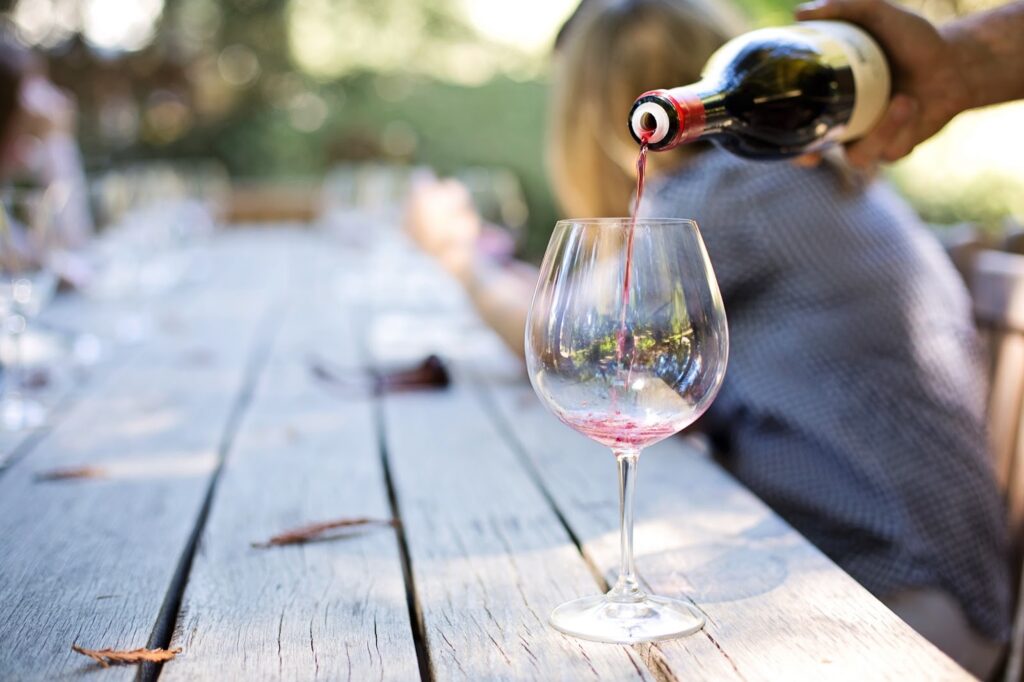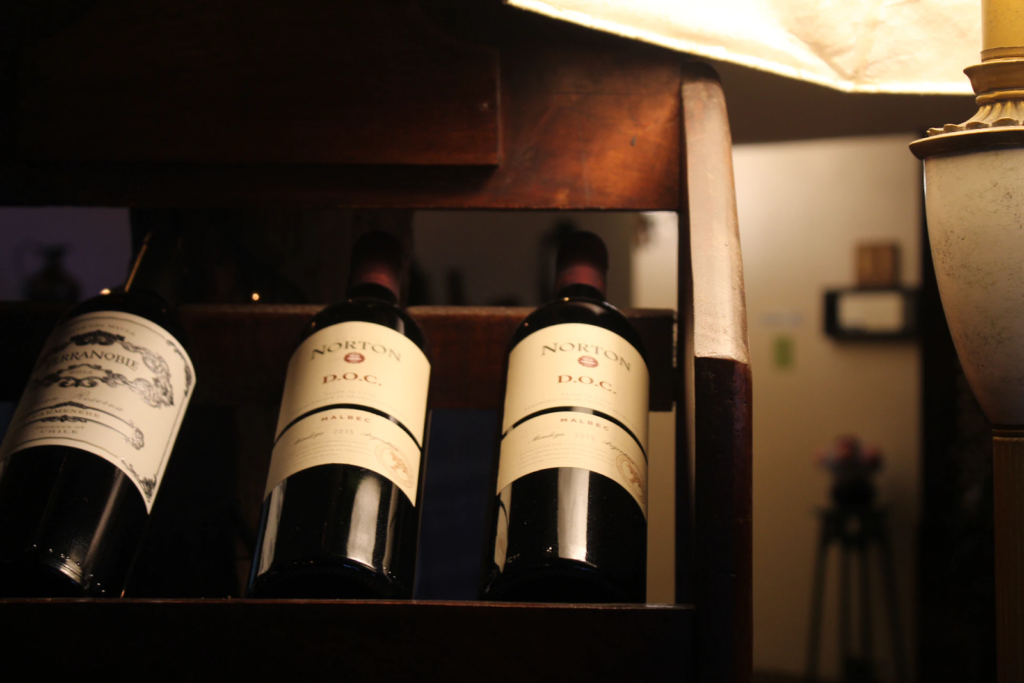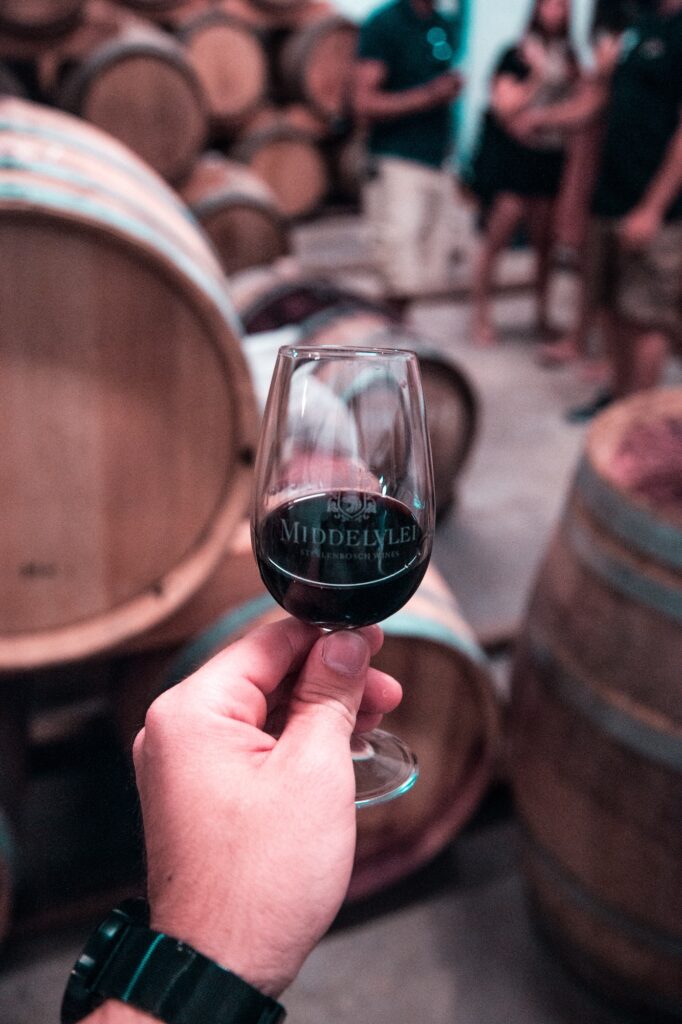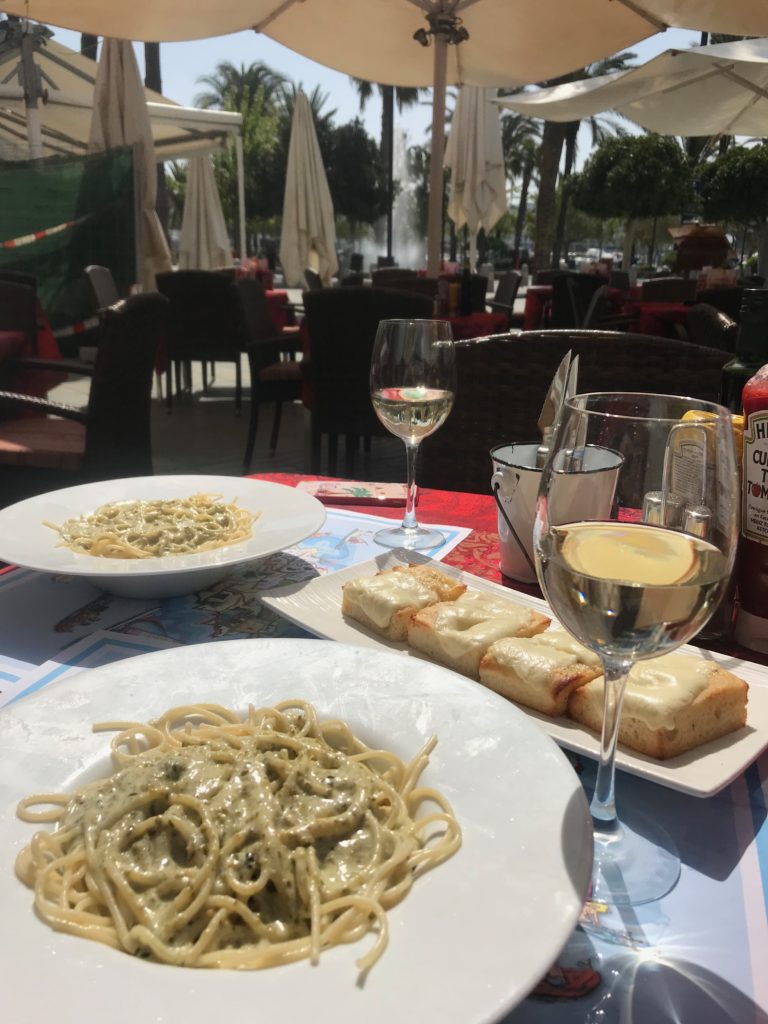Wine is a marvellous beverage that has captivated the palates of many for centuries. As a sommelier, I understand the vast range of flavour and complexity that can be found in different varietals Of Wine.
Exploring different varieties of wine is one of my favourite activities and it’s something I’d love to share with you. From the earthy tones of Cabernet Sauvignon to the fruity notes of Pinot Grigio, each type of wine offers its own unique set of characteristics.
Whether you’re a novice or an experienced connoisseur, there’s always something new to discover when exploring different varieties. In this article, I’ll share some tips and tricks on how to get the most out of your wine tasting experience.

Explore 4 Amazing yet Different Varietals Of Wine with a Sommelier
Understanding Varietals of Wine
We’ve all heard of Pinot Noir and Chardonnay, but there are so many more wine varietals out there that can be explored.
Varietals of wine are grapes that have been cultivated to produce certain flavours depending on where they were grown. This can range from bright citrus notes to ripe berry flavours.
While some grapes are blended together to create complex wines, others are used as single varietal wines such as Pinot Noir or Cabernet Sauvignon. Different varieties offer unique flavour profiles that can be enjoyed by both experts and novices alike.
Exploring new wine varieties is an exciting way to discover something new each time you pick up a bottle or glass. From crisp Rieslings to bold Shiraz wines, there’s something out there for everyone in premier wine clubs.
Let’s take a closer look at some of these incredible flavors!

Choosing The Right Wine For The Occasion
When selecting the right wine for an occasion, there are a few key considerations to keep in mind. Firstly, it is important to consider the type of food that will be served. For a light meal such as a salad or plate of vegetables, a white or rosé wine would pair well. If the meal features richer foods like beef or pork, then a full-bodied red might provide better balance.
Next, focus on the expected atmosphere of the event itself. A celebration with friends and family may call for something more sparkling and festive such as Prosecco or Champagne.
On the other hand, if it’s a formal dinner party then a bolder varietal like Cabernet Sauvignon could work perfectly.
Finally, never underestimate the importance of budget when choosing a bottle of wine. In general, you can expect quality wines from reputable brands to start around $20-$30 per bottle, while truly luxurious bottles will cost upwards of $100 or more.
There are many wonderful options at all price points – all it takes is some careful research and mindful tasting!
To find your perfect bottle:
- Consider what type of food will be served
- Think about the event’s atmosphere
- Don’t forget to factor in budget
- Do research and taste test different varieties
- Before making a final decision.
Wine Tasting Techniques
The choices surrounding the perfect wine for an occasion are endless, but mastering the techniques of tasting and appreciating it can be a real art. Like any great artist, you must take time to develop your skills, hone your senses, and learn to recognise flavours and aromas that make up its composition.
Like a painter’s brush strokes or a composer’s notes, there is much more to discovering the character of a wine than just enjoying its taste. To become an expert in this field, you must start by understanding its complexity.

You should look at the colour and clarity of the wine in your glass – does it have an intense hue or a delicate one? Does it seem clear or hazy? Is there sediment on the bottom? All these visual clues will give you an indication of what lies ahead.
Aromas play a significant role in assessing a wine’s quality too. As you swirl it around your glass, take note of how intense these scents are – do they linger or dissipate quickly? If they remain strong, chances are you have stumbled upon something special! With practice and dedication, you will soon be able to identify familiar aromas like tobacco leaves and dark chocolate that add to the uniqueness of each varietal.
Pairing Wine With Food
When it comes to pairing wine with food, the possibilities are endless. As a sommelier, I believe that an individual’s taste and preference should ultimately dictate what goes best with a meal. However, there are certain guidelines and principles that can be used to help create the perfect pairing.
For starters, pay attention to the weight of both the wine and dish. Generally speaking, heavier dishes should be paired with full-bodied wines while lighter dishes call for light-bodied wines.
Additionally, think about how the flavours in each work together – different varietals of wine can bring out flavours in food that might not have been noticed otherwise.

Acidity is also important when creating pairings. If a dish is acidic in nature (think: tomatoes or citrus), then consider choosing an acidic white wine like Sauvignon Blanc or Pinot Grigio to match it up perfectly!
Guidelines for Perfect Pairings:
- Match the body of your food and wine
- Consider how flavors interact with one another
- Pay attention to acidity levels
- Don’t be afraid to experiment!
- Follow your own taste preferences
In short, finding the ideal pairing between food and wine is all about trial and error – but by following some key principles, you will soon find yourself becoming a master at matching up these two great culinary worlds.
Conclusion
As a wine expert and sommelier, I’m often asked what the best wine is for any given occasion. The truth is, there’s no right or wrong answer – it all comes down to your personal preferences and tastes.
As you explore different varieties of wine, you’ll uncover a world of flavour and aromas that will tantalise your palate. Each bottle offers something unique, from light and fruity whites to deep and robust reds.
No matter which type of wine you choose to enjoy, the most important thing is to savour every sip and appreciate the complexity of flavours each glass can bring.
Cheers!
